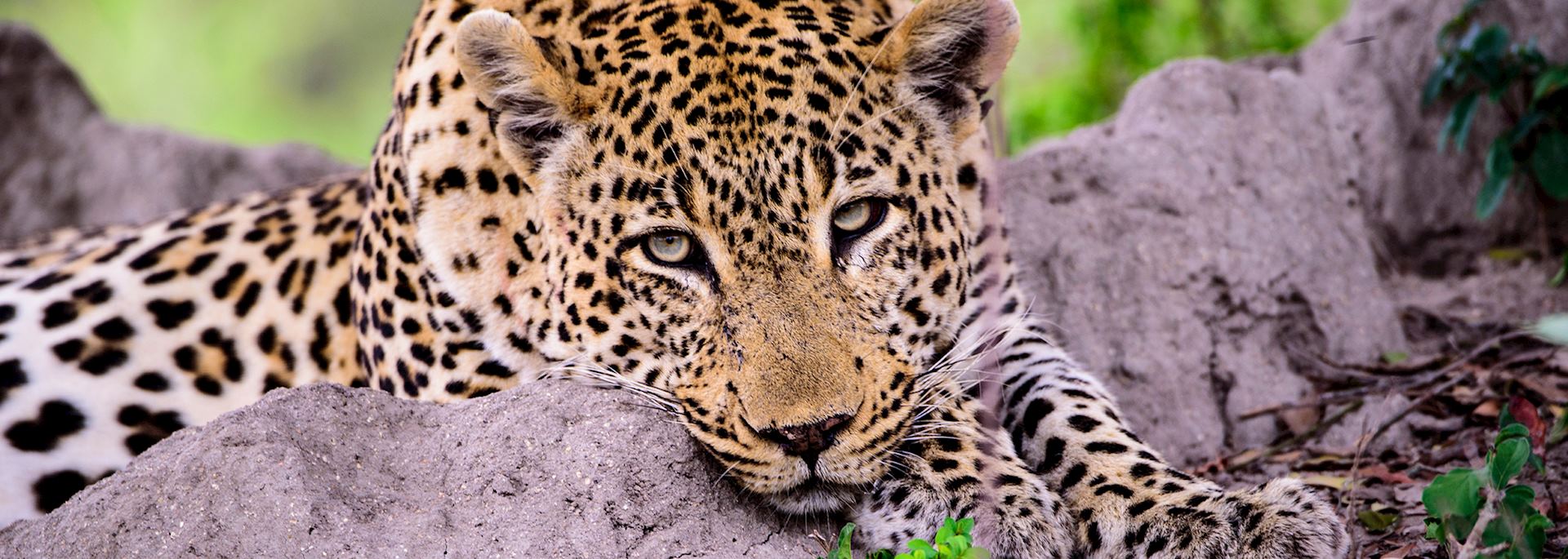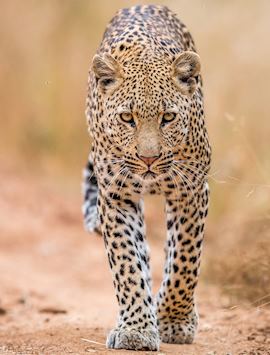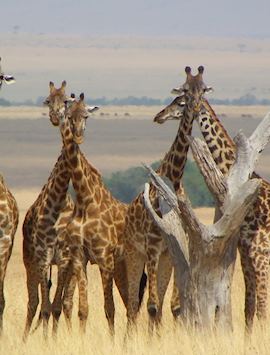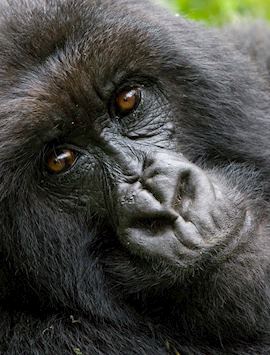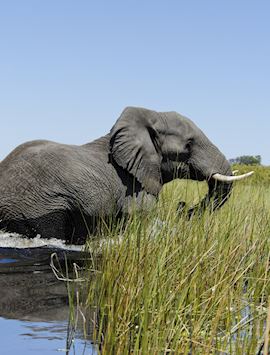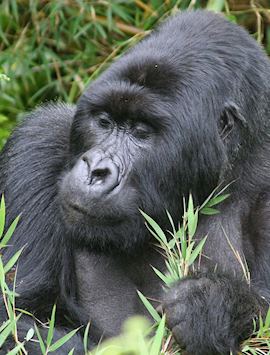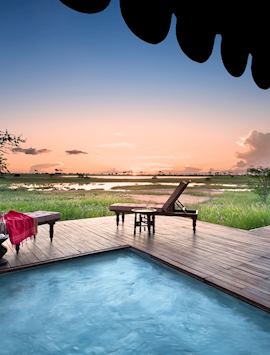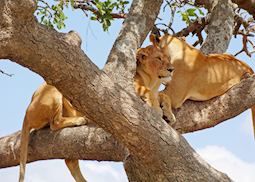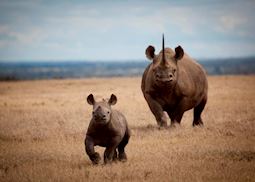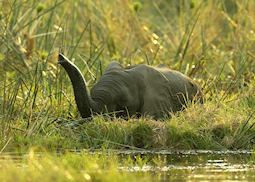South Africa’s Greater Kruger for your best chance to see the Big Five
By Chris
The Greater Kruger National Park is so massive it’s able to support animals in huge numbers. You might see buffalo herds 500 strong and lion prides napping beneath mopane trees. And, the reserves here have been established for a relatively long time, so animals have become accustomed to vehicles. I’ve been on game drives and had leopard come within a few steps, as if we were invisible.
One of the oldest private reserves, Sabi Sands Game Reserve is particularly known for its leopard sightings. In reserves like this, you’re able to drive off road and at night, which gives you a better chance of seeing them at close range and as they switch to hunting mode after dark.
This area of South Africa is well protected and has become a stronghold for rhino. You sometimes encounter them on bush walks — your guide will be expert in looking for tracks and noticing telltale signs of their presence.
White rhino are easier to find than black rhino because they graze on open plains and are generally more docile compared with their shyer relations, which stick to denser thickets.
I’ve encountered all of the Big Five on bush walks here, but exploring on foot tends to focus more on smaller wildlife — insects, birds and reptiles, as well as plant life.
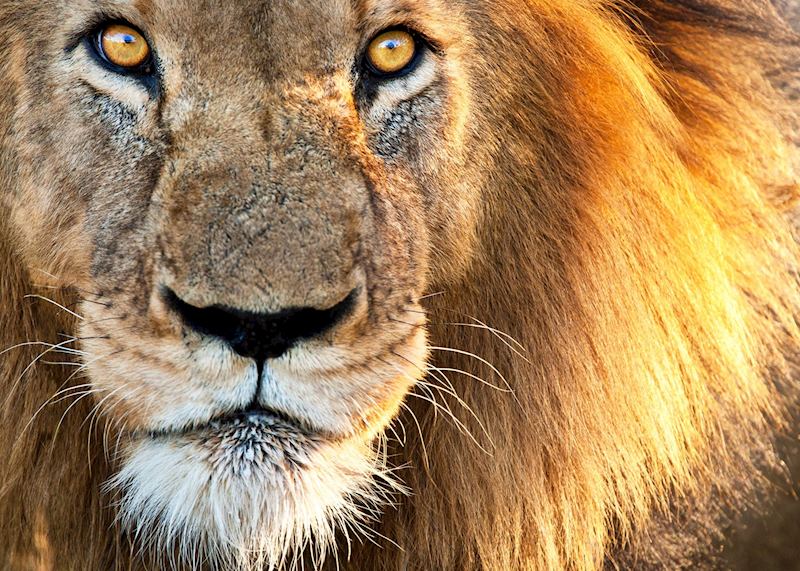
Game drives are normally the best way to track down the Big Five. You’re joined by a guide and a tracker, who know where the animals are likely to be found.
They’re also in radio contact with other vehicles, which keeps you in the loop of any key wildlife encounters while ensuring that no more than three vehicles are present at a sighting.
Other wildlife highlights: It seems like there’s barely an animal that isn’t in the park. Zebra and antelope cover the plains, giraffe nibble the trees, and there are more than 500 bird species. Wild dog are also present, though more difficult to see.
Where to stay: In Sabi Sands Game Reserve, I like Notten’s Bush Camp, a family-run lodge overlooking a waterhole. Your chalet has a private deck, where you can sit and look out across the plains.
When to go: The dry conditions between April and October, when the animals congregate around water sources, make for the best wildlife sightings.

Kenya’s Masai Mara for seeing the Big Five in a classic safari setting
By Izzy
The Masai Mara's variety of habitats suits a wide spectrum of animals — open savannah for grazing buffalo, wildebeest, zebra and antelope, acacia trees that shade leopard, lion and cheetah, and waterholes populated by families of elephant.
While you can see all of the Big Five, the lion sightings here are particularly special. The reserve supports one of the largest concentrations of lion on the continent, though populations are declining due to pressures on the land.
On game drives, my guide would point out each member of the prides we came across. I heard about the hierarchy, the different personalities and why the lion were behaving in certain ways. At night, you can often hear their roars carrying across the plains.
You’re limited to game drives in the main reserve, but stay on one of the bordering Maasai-owned private conservancies and you can head out on bush walks. While these don’t necessarily focus on seeing the Big Five, you’ll still track the animals, looking for prints and droppings left in their wake.
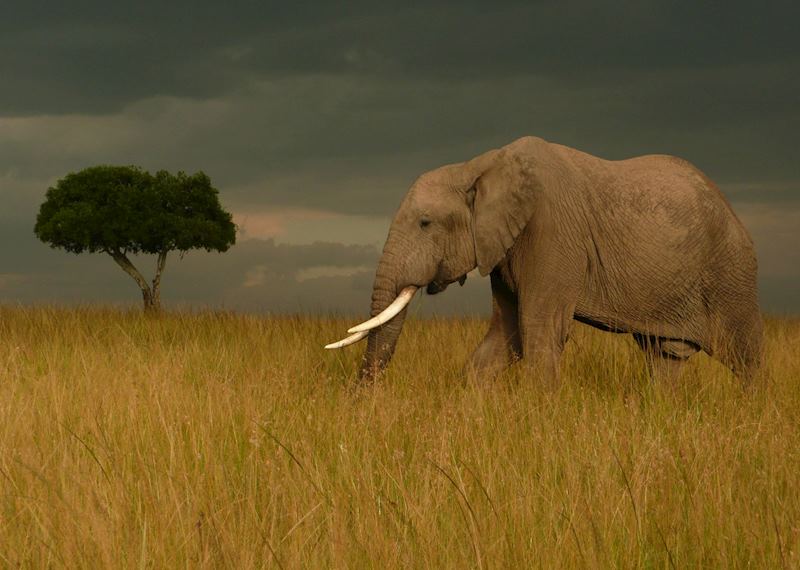
I was walking close to some trees when my guide raised a hand to stop me and indicated for me to listen. I could hear the cracking of twigs and rustling leaves, and there was a musky, earthy smell in the air. ‘There are elephant just in these trees,’ my guide whispered. While the elephant remained hidden from view, just knowing it was a few steps away was exhilarating.
You can enjoy a hot-air balloon flight over the reserve, taking off just in time for sunrise. I did this on my final morning, by which point I’d seen all of the Big Five except rhino, which are dwindling and notoriously difficult to find. From the air, I could pick out herds of elephant marching in line and grazing wildebeest scattered across the savannah, but my morning was made when my guide pointed down to a black rhino.
Other wildlife highlights: Millions of wildebeest and zebra populate the Masai Mara between August and October as part of the Great Migration, attracting big cats including cheetah.
Where to stay: I like Ol Seki Hemingways Camp in the Naboisho Conservancy. Your large canvas tent overlooks the Naboisho Valley, and most of the staff grew up close to the camp so can share their encyclopedic knowledge of the local wildlife.
When to go: July to October sees dry conditions and coincides with the Great Migration.
Tanzania’s Serengeti for spotting the Big Five alongside the Great Migration
By Zoe
If you have a wildlife tick list, chances are you’re going to complete it during a safari in the Serengeti. The sheer number of animals that inhabit the park’s vast open plains is difficult to fathom.
On game drives, you’ll pass masses of wildebeest (the migration herds are present in the park for most of the year), which in turn attract big cats.
Lines of elephant plod along well-trodden routes linking the park’s waterholes, which have been worn into the landscape over generations. And, while buffalo can be a bit harder to come across, I’ve seen lone males standing atop outcrops to gain a better vantage over the plains.
While game drives are the main way to see the Big Five, you can also take a hot-air balloon flight over the Serengeti at dawn. Not only does it give you a bird’s-eye perspective over the animals, but you also begin to appreciate just how big the Serengeti is.
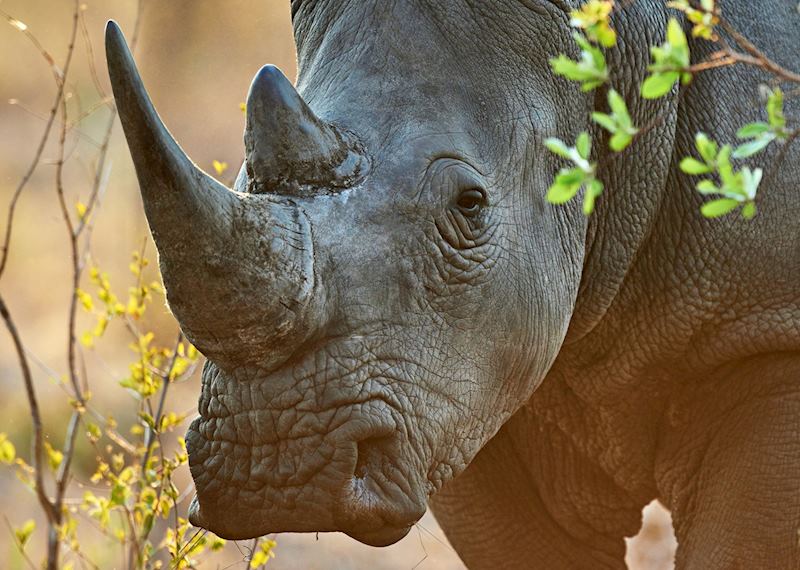
You could pair a visit to the Serengeti with a safari in the Ngorongoro Crater. This huge, sheer-sided caldera has formed a natural bowl filled with wildlife, and is the best place in Tanzania to see rhino. You’ll explore the grasslands and pockets of forest on game drives, passing herds of wildebeest, zebra and eland while looking out for the rest of the Big Five.
Other wildlife highlights: You can visit an area within the Serengeti that was closed for 20 years for cheetah research. It still has a healthy cheetah population, making for some excellent close-range sightings.
Where to stay: Sayari is a tented camp in the northern Serengeti, where you’re well placed for seeing the Great Migration herds pass into the Masai Mara. The camp’s 15 large canvas tents have private verandas facing the plains, and you can soak in the infinity pool while looking out for passing wildlife.
When to go: During the dry season, between July and October, to see animals congregating around waterholes and, in the northern Serengeti, the Great Migration herds.
Botswana’s Okavango Delta for tracking the Big Five in a wilderness setting
By Georgie
Spreading across northern Botswana like an outstretched hand, the Okavango Delta has year-round water and lush foliage, attracting a wide variety of animals including the Big Five.
What I like about this area is the feeling you get of being in absolute wilderness. There are barely any other vehicles around when you head out on game drives, camps are kept to an intimate size, and you rely on the tracking skills and local knowledge of your guide to find animals rather than following other vehicles.
Of all the Big Five, rhino are the most difficult to find. They’re generally only seen in a couple of locations and very rarely. One place you could try is Chief’s Island in Moremi Wildlife Reserve, where you can track them on foot or on game drives.
A guide and, in some instances, a tracker will accompany you on game drives. As well as looking for larger animals, they’ll point out each bird you pass, from lilac-breasted rollers to carmine bee-eaters, and pause to show you freshly pressed paw prints in the ground.
The watery landscape is ideal for elephant and buffalo, as well as hippo, sitatunga, red lechwe and a wealth of birdlife. Motorboat or mokoro (traditional canoe) trips along the reed-lined waterways get you closer to the wildlife.
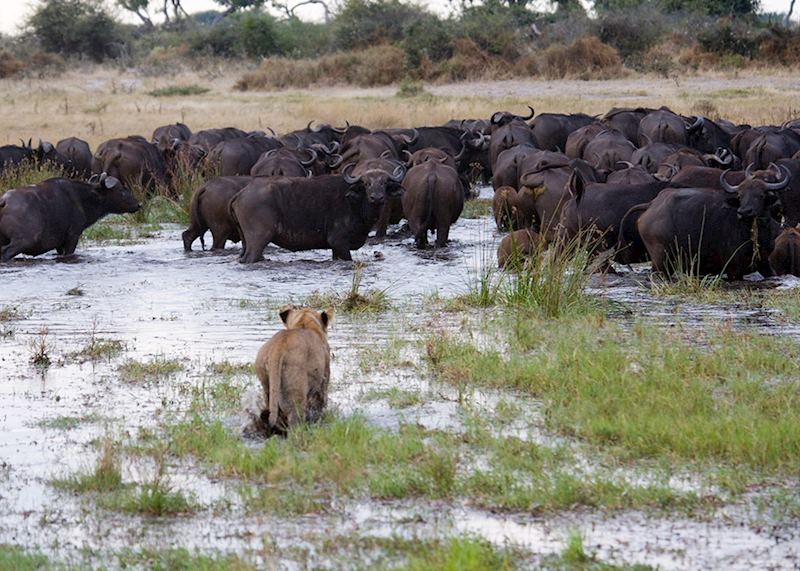
There’s a chance of seeing buffalo coming down to drink and elephant rolling on the muddy banks. Hippo peek their eyes just above the water’s surface, pied kingfishers hover overhead, fish eagles screech from the branches of dead trees and crocodiles bask on the banks.
Other wildlife highlights: Though never guaranteed, wild dog sightings are good in this area (on one game drive, I followed a pack of seven as they set off on their evening hunt).
Where to stay: Camp Okuti sits in the heart of Moremi Game Reserve and offers both game drives and boat safaris. This is one of the few places in Botswana where you have a chance of seeing all the Big Five. You stay in traditional mosasas (reed houses), each of which has a private deck with views over the river.
When to go: June to November is when the delta has the most water and more water-based activities are available. By September, vegetation has died back and animals are easier to see.
-
Tanzania safaris: north vs south ![Tree-climbing lions in Lake Manyara]()
Tanzania safaris: north vs south
Tanzania safaris: north vs south
From the drama of the Great Migration in the north to the hushed wildlife experiences of the south, Audley specialist Dickie uncovers the best safari destinations across Tanzania. Discover what you might see in each region and where’s best to stay.
Read this guide -
The Big Five in Kenya ![Rhino mother and calf, Laikipia]()
The Big Five in Kenya
The Big Five in Kenya
Home of the Masai Mara and Lewa Wilderness Conservancy, you'll have countless opportunities to spot the Big Five in Kenya. With a range of first-class lodges, you can embark on traditional game drives and walking safaris in search of these magnificent animals.
Read this guide -
Okavango Delta safaris ![Elephant in the Okavango]()
Okavango Delta safaris
Okavango Delta safaris
The Okavango Delta is safari by water, where you glide in canoes through waterways and twinkling lagoons in search of hippo, elephant, giraffe and iridescent birdlife. Discover the best time to visit this wonderful water world and how we can help you plan your safari there.
Read this guide
